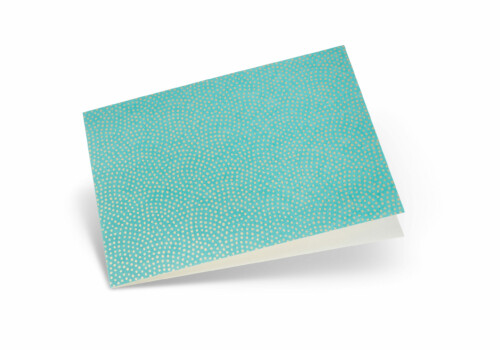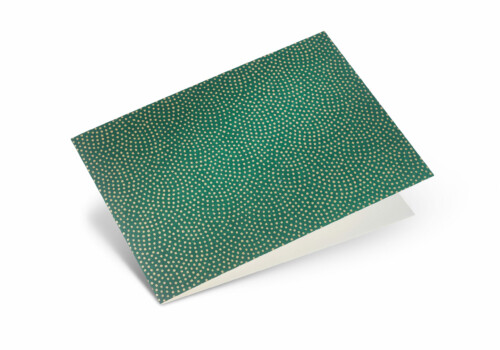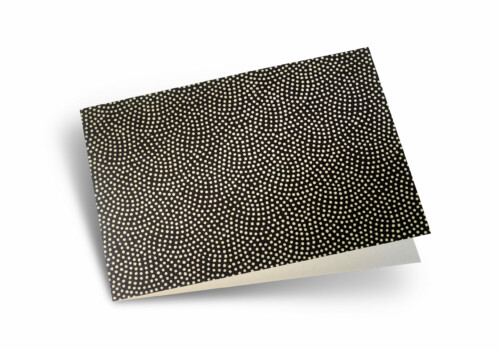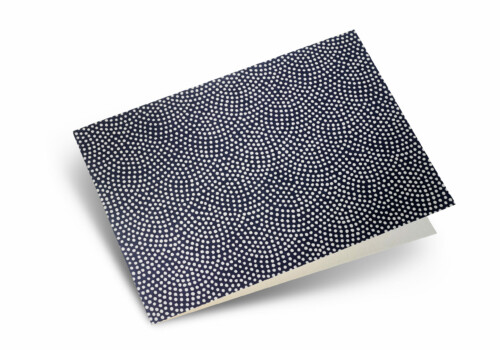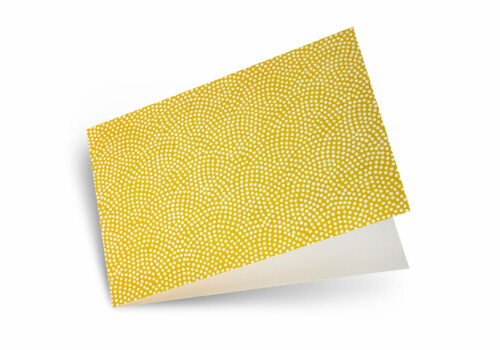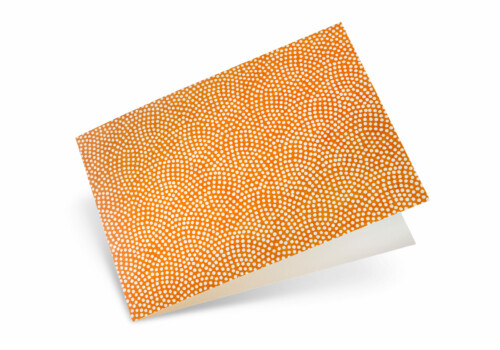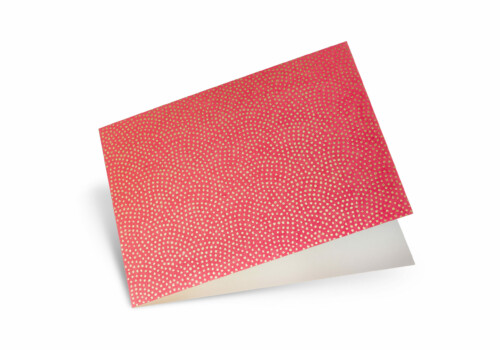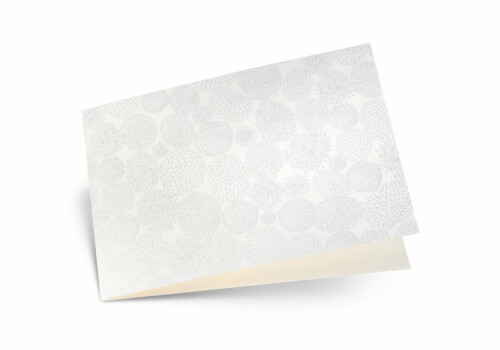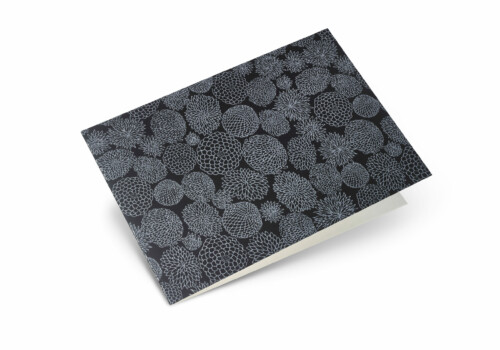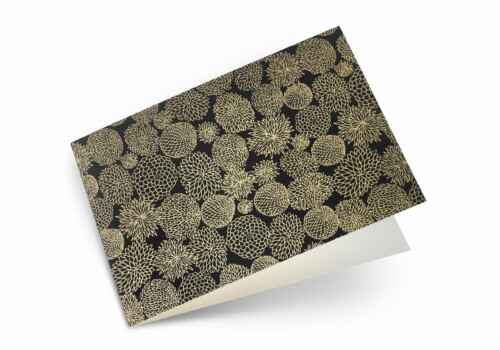
Chiyogami
the Essence of Japanese Ornaments
The brightly coloured Chiyogami papers have a long-standing tradition in Japan. They were originally used in the manufacture of small paper objects such as dolls or boxes. The word Chiyogami translates to “paper of a thousand generations”. “Chi” means thousand, “yo” means generation(s), “gami” means paper.
The immense diversity of patterns and colour combinations is oriented around traditional Japanese kimono fabrics. These can essentially be subdivided into two different types of design: Chiyogami-Komon (from the Japanese ko=small and mon=pattern) describes the small-sized, intricate geometric patterns usually printed in but one or two colours. Chiyogami-Yuzen is the collective name for the splendid multi-coloured, often gilded patterns. They are named after Miyazaki Yuzen, one of the great paper fan painters of the Edo period in the eighteenth century.
The vivid colours of these extraordinary papers are applied in an elaborate silk-screen printing technique. They are printed on Kozo paper, which is manufactured from the bark of mulberry trees. A separate silk screen is used to apply each of up to five colours per pattern (often further accentuated with gold or silver). After the first layer of colour has been passed through the first screen, the paper is then dried before the next stencil is meticulously adjusted to perfectly fit the colours onto the pattern as required. Layer upon layer of colour is thus applied in individual printing procedures using individual screens.
Product Details
Each card comes with a unique two-sided cover made of hand-printed Japanese Chiyogami paper. As we craft every card by hand from the original sheets, your card will look similar to the ones displayed here, but will almost certainly vary in the pattern’s individual excerpt.
The folding card itself is made of the best 200g fine paper in an A6 format, landscape, no watermark, no screen structure, totally pure. The paper consists of 25% cotton fibre, thus giving it depth, grace and longevity. Because of its longevity, cotton paper is often used in the production of bank notes.
Also, the risk of yellowing is minimized as cotton does not contain lignin. The semi matte, ivory-coloured hue provides a harmonic background for the vivid colours of the upper and its satin surface is especially well suited for writing on.
Each card is supplied with a matching envelope in a C6 format. The envelope is made from the same fine paper, but with a lighter grammage of 120g.

